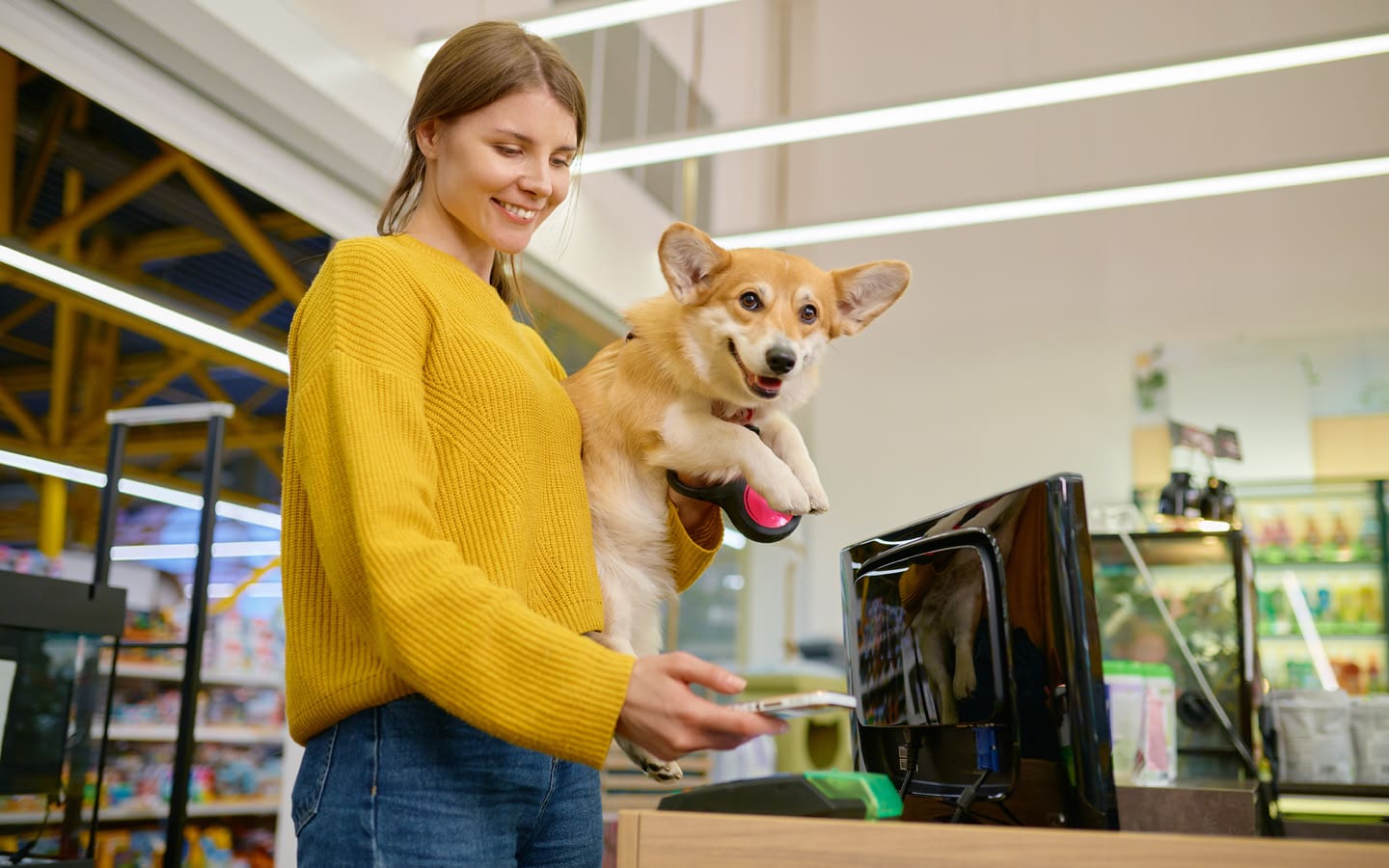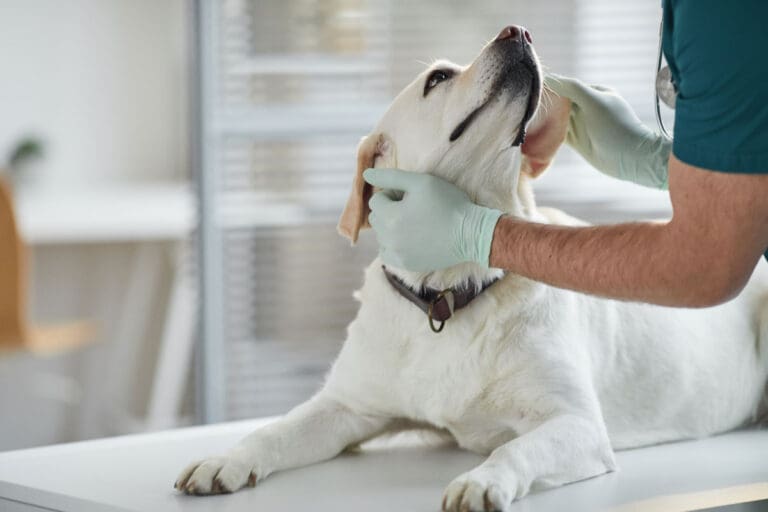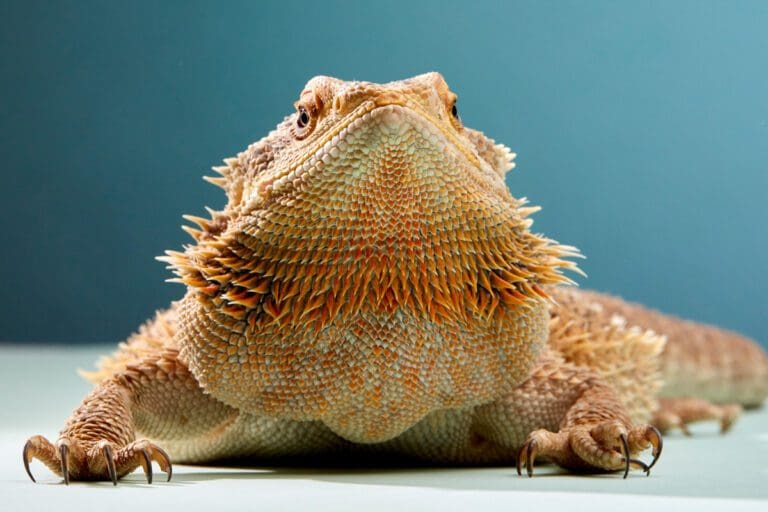The pet industry growth we’re seeing in 2025 is staggering. With the U.S. market alone surpassing $150 billion, it’s clear we’re spending more than ever on our furry (and feathered) family members.
But what’s behind the boom and what does it mean for pet parents on a budget?
Let’s break down the latest numbers and what pet owners should be paying attention to.
What’s Fueling the Pet Industry Boom

According to Statista, U.S. pet industry sales topped $147 billion in 2023 and are on track to reach $160 billion by the end of 2025.
This surge in pet care revenue spans everything from pet food to grooming, boarding, vet care, and even wellness supplements.
What’s changed? Millennials and Gen Z are driving a shift toward premiumization. That means more money spent on fresh, human-grade meals, pet-friendly spas, doggy daycare, and interactive tech toys.
The pet market size has expanded far beyond basic supplies—it now includes DNA kits, subscription boxes, and even pet mental health apps.
Premium Pet Food Is Just the Start
One of the biggest drivers of pet spending statistics is food. Gone are the days of bargain kibble. Today’s pet parents are investing in premium pet food that promises better ingredients and tailored nutrition.
Brands like Freshpet and The Farmer’s Dog are growing rapidly because they offer what human food trends do: transparency, whole ingredients, and a focus on wellness.
According to Morgan Stanley, the pet care market report projects global pet food sales to exceed $250 billion by 2030.
Tech and Wellness Are Reshaping Care
Pet tech isn’t just a fad. It’s part of the next wave of pet wellness trends.
From GPS collars to vet-on-demand apps and health trackers, smart pet devices are giving owners peace of mind while improving the quality of life for pets.
And then there’s wellness: calming chews, pet-safe CBD, grooming upgrades, and immunity-boosting supplements are flying off shelves. The line between “pet” and “child” is blurrier than ever, and the market is responding.
Pet Care Costs Are Rising
All this innovation comes with a price.
Pet care costs are rising across the board, especially for veterinary services. A simple checkup or teeth cleaning now costs more than it did pre-pandemic, and procedures like ACL repairs or tumor removals can run thousands.
For those worried about the cost of owning a pet, it’s important to budget wisely and look for savings where possible.
Check out our guide to cutting dog care costs without sacrificing your pup’s quality of life.
What the Future Holds for Pet Parents
The global pet industry trends show no signs of slowing. The pet business forecast points to consistent growth in both spending and innovation. But as services get more sophisticated, so do the costs.
Pet care industry statistics reveal that nearly 70% of U.S. households own a pet. And more than half of those owners now see their animals as full-fledged family members, deserving of the best food, care, and experiences available.
Still, owners should stay informed, compare prices, and ask vets the hard questions. Not everything pricey is necessary and not all trends are built to last.
Final Woof
As the pet care industry grows into a $150+ billion powerhouse, owners are left balancing love with logistics.
If there’s one takeaway? The bond between humans and animals is stronger than ever, and the market is racing to keep up.
But smart pet parenting means staying ahead of the hype, budgeting with care, and always doing what’s best for your furry companion.






